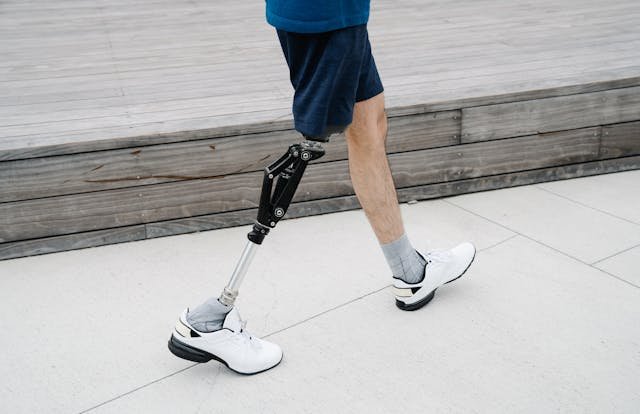Bionic limbs are getting a lot of attention today. They look modern, promise high-tech features, and offer the chance to restore function. But for kids born without limbs, are these devices truly useful? Or are they just another exciting idea that doesn’t work for everyone? Let’s dig deep and find out.
Understanding Congenital Limb Deficiencies
When a child is born without part or all of a limb, it’s called a congenital limb deficiency. It’s not something that develops over time — it’s present from birth. And for parents, this discovery can be shocking, confusing, and deeply emotional.
What Are Congenital Limb Deficiencies?
These limb differences can vary. Some children might be missing fingers, while others might not have a full arm or leg. Some have small or underdeveloped limbs. It depends on how the body developed during pregnancy.
Sometimes the cause is known — it could be genetic or a result of something during development. But often, there’s no clear reason, which can make it even harder for families to understand.
Regardless of the cause, the reality is the same — these children grow up finding their own way. But having a prosthetic or bionic limb can make that path a bit easier and more empowering.
Emotional and Social Challenges
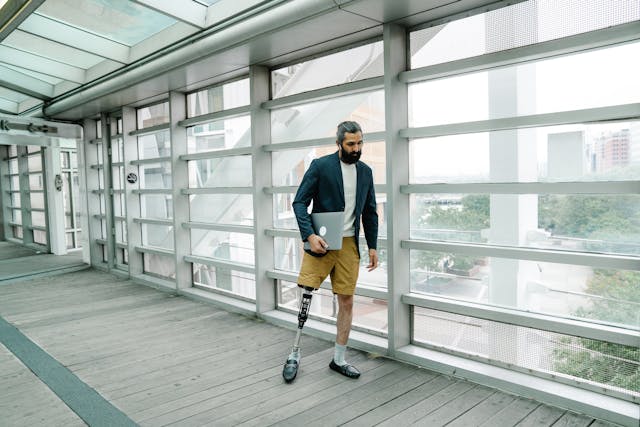
Growing up with a limb difference affects more than just movement. Children often feel different or left out. They might be stared at, asked questions, or even bullied. This can affect their self-esteem.
Support from family, teachers, and peers makes a huge difference. When a child feels accepted and encouraged, they become more confident, even if they look or move differently than others.
A well-fitting and functional prosthetic or bionic hand can also help a child feel proud instead of self-conscious. It turns a challenge into something cool — even something they can show off.
Early Support and Guidance
Parents need clear, simple guidance right from the start. Knowing what to expect, what options are available, and what steps to take is a big help in this journey.
Healthcare professionals, therapists, and prosthetic specialists all play a role. They help explain the condition, offer emotional support, and introduce tools like prosthetics or bionics.
At Robobionics, we make sure parents aren’t left alone in this. From the very first meeting to training and maintenance, we walk with you every step of the way. Book a free evaluation and discover the support you deserve.
What Makes Bionic Limbs Different?
Bionic limbs are different from traditional prosthetics. They’re powered by smart technology that mimics real limb movement. This makes them much more functional — especially for tasks that need precise control.
Smart Technology at Work
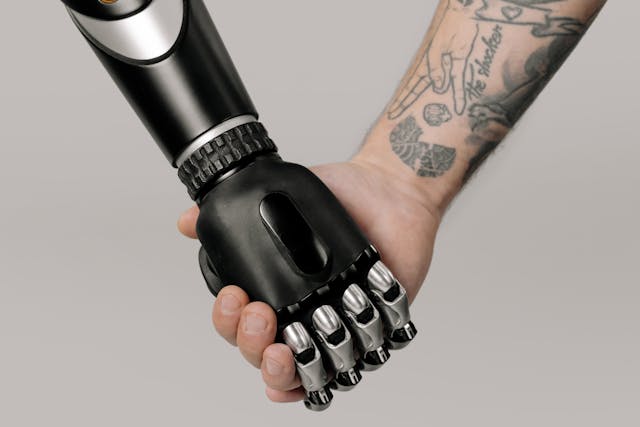
Instead of just being a tool to wear, a bionic limb responds to muscle signals. When the user thinks about moving their hand, the bionic limb moves in response to those signals.
This gives the user more control and freedom. They can pick things up, hold a pencil, or even play games. It’s not perfect, but it’s closer to real movement than older mechanical limbs.
Grippy™ by Robobionics works using this very approach. It’s simple to control, smooth to use, and built for real life. Book a demo and see how it feels in action.
Designed for Everyday Life
Kids don’t want something that just looks good — they want something that works. Bionic limbs allow them to take part in activities at school, at home, or during play.
They can write, eat, hold toys, or even ride a cycle depending on their level of control. This independence is what gives bionic limbs their power.
At Robobionics, we design with real life in mind. Each product, including Grippy™, is tested in real-world settings to make sure it supports the daily routines of children.
The Role of Personalization
One size never fits all — especially for prosthetics. Every child is different, and their needs change as they grow.
We offer personalized options — from sizes and shapes to colors and designs. A child who loves superheroes might want a bold look, while another may prefer something simple.
At Robobionics, personalization is part of every order. Schedule a fitting session today and let us build something your child will love wearing.
The Challenges of Using Bionics in Congenital Cases
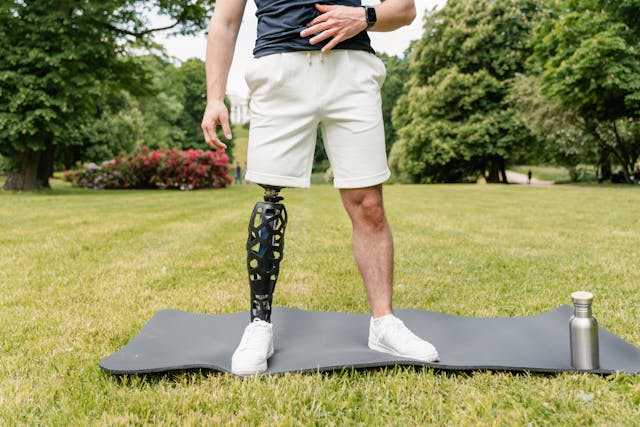
Even with all the excitement around bionic limbs, there are real challenges. Especially for children born without limbs, learning to use a bionic device can take time and effort.
Learning Without a Limb Map
Kids who are born without a limb don’t have a mental “map” for how it should move. That means they may take longer to learn how to control a bionic device.
It’s not impossible, but it requires patience and the right kind of training. Over time, with practice, the brain starts to understand how to send signals to the device.
Robobionics provides full support for this. We offer training, games, and ongoing help to make this learning process smoother and less stressful.
Frequent Adjustments for Growing Kids
Children grow fast. That means their prosthetic needs to grow with them. Without proper adjustments, the limb may stop fitting well or feel uncomfortable.
This is one reason imported devices can be hard to manage — they’re costly to modify and slow to repair. But locally-made bionics solve that problem.
At Robobionics, we design limbs like Grippy™ to be modular and easy to adjust. Our network of Omnify Prosthetics clinics makes it easy to keep up with your child’s growth.
Cost and Availability
Let’s face it — cost is a huge concern for many families. Imported bionic limbs can cost a fortune and come with long wait times for service.
But with Indian-made bionic limbs from Robobionics, families get quality, fast service, and much more affordable pricing.
We also help families apply for financial aid and CSR-backed support. Reach out to us to explore the options that can make bionics accessible for your child.
The Role of Gamified Rehabilitation

Training to use a bionic limb shouldn’t feel like a chore — especially for children. That’s why we use gamified rehab to make learning fun and effective.
Making Therapy Fun
Kids love games. So when rehab feels like play, they’re more likely to stick with it and improve faster. That’s what gamified rehab is all about.
Instead of doing repetitive tasks, kids control games using their bionic limbs. This keeps them engaged and builds muscle memory at the same time.
Our gamified rehab system is included with every Robobionics bionic hand. Book a trial today and let your child experience therapy the fun way.
Building Brain-Limb Connections
Games help form strong connections between the brain and the bionic device. Each movement becomes more natural as the brain learns what works.
Over time, this leads to smoother control, more confidence, and better results. It’s learning without pressure, and it works well for all ages.
Robobionics has invested in smart rehab tools that work at home and in clinics. Ask us about how we can help your child build these vital connections.
Supporting Families at Home
Parents play a key role in rehab. With easy-to-use tools, families can practice at home without needing clinic visits all the time.
This saves time and makes learning part of everyday life. It also helps kids feel more relaxed and supported.
Get in touch to see how our home rehab kit can become part of your child’s daily routine. We’ll show you how easy it is to use.
Do Children Adapt Well to Bionic Limbs?
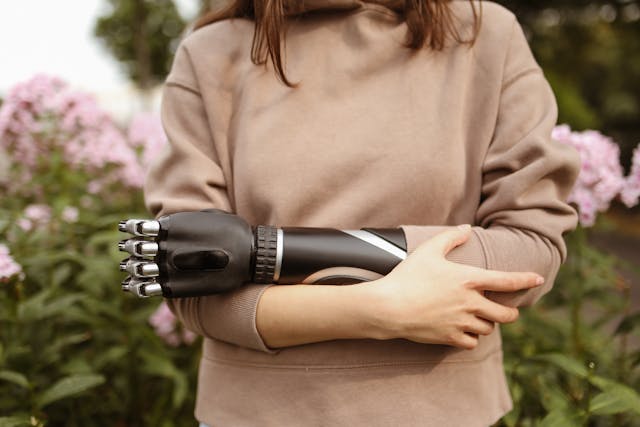
Children can be surprisingly quick to learn new things, but when it comes to bionic limbs, their success depends on many factors. Comfort, practice, encouragement, and the right support system all matter. Let’s explore how kids adapt to using bionic hands and what helps them succeed.
Comfort and Fit Matter Most
If a child’s bionic hand is uncomfortable or doesn’t fit well, they’re less likely to use it. It might pinch, slip off, or feel too heavy. That’s why getting the fit right is one of the most important parts of the process.
A well-fitted limb feels like a part of the body, not a foreign object. It should move naturally, stay in place during activity, and not cause pain or irritation.
At Robobionics, we use 3D-printing to ensure every Grippy™ hand is light, ergonomic, and shaped to fit just right. Our partner clinics handle fittings with care and patience, so your child feels at ease every step of the way.
The Importance of Encouragement
A child’s mindset plays a big role in how well they adapt. If they feel supported and encouraged, they’re more likely to keep trying even if it’s difficult at first.
Parents, teachers, and even peers can make a huge difference. Simple things like cheering them on, celebrating progress, and creating a positive environment can boost confidence.
Robobionics works not just with the user, but with the whole family. We provide guidance on how to encourage use in daily life. Contact us to learn how to build a strong support system around your child.
Practice Makes Progress
Bionic limbs don’t work like magic. They need practice — just like learning to ride a bike or play a musical instrument. The more a child uses it, the better they get.
Daily tasks like brushing teeth, writing, or picking up toys become practice opportunities. Over time, what seemed hard becomes easy and natural.
With our home-based training tools and regular follow-ups, Robobionics helps your child keep moving forward. Book a follow-up session to ensure your child is getting the most from their new limb.
Are Bionic Limbs Worth It for Children?
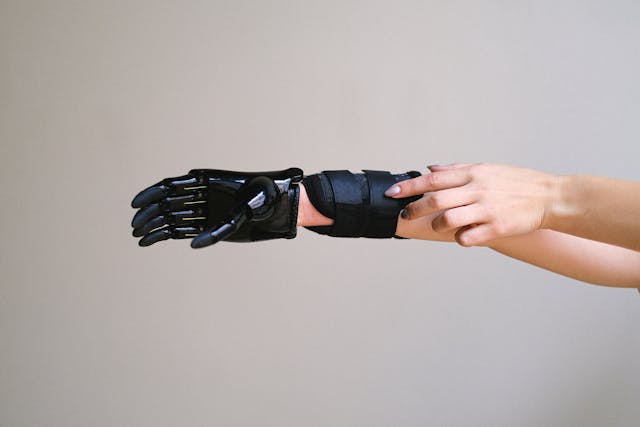
Parents often wonder if a bionic limb is worth the time, effort, and money. The answer isn’t always simple, but for many families, the benefits go far beyond just movement. These devices can transform how a child lives, learns, and grows.
Beyond Function — Emotional Growth
Being able to hold something, write, or play with two hands does more than improve daily life — it boosts self-esteem. Children feel more included, more capable, and more independent.
Bionic limbs also give kids something to be proud of. They’re no longer just “different” — they’re unique, empowered, and in control.
At Robobionics, we’ve seen how kids light up when they use Grippy™ for the first time. It’s not just about what they can do — it’s about how they feel. Book a demo and see that moment happen for your child.
Empowering Everyday Independence
A bionic hand gives children the power to do things on their own. Tasks that once needed help become something they can take pride in doing themselves.
That sense of independence builds life skills. It also helps them perform better in school, play more freely, and engage more confidently in social settings.
Robobionics builds hands that support real life. From homework to hobbies, our products are made to help children grow with confidence and strength.
Building a Better Future
Every small victory leads to a better future. When a child learns to use a bionic limb early, they build skills and habits that help them through life.
They learn how to adapt, how to persevere, and how to take on challenges with confidence. These qualities go beyond physical ability — they shape the whole person.
Robobionics is proud to be part of that future. Want to explore how bionics can change your child’s life? Book a free evaluation today.
Affordability and Accessibility in India
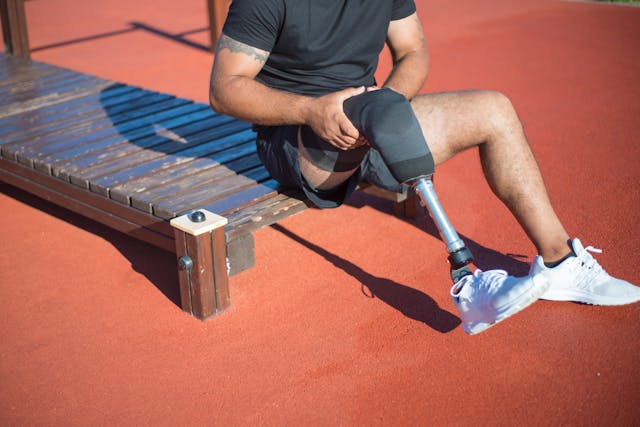
For many families, especially in India, the cost and availability of bionic limbs can feel overwhelming. But that’s exactly the problem Robobionics is solving — making world-class technology affordable and within reach.
Breaking the Cost Barrier
Imported bionic limbs can cost several lakhs, making them out of reach for many families. They also take time to ship, repair, and replace, adding to the burden.
Robobionics manufactures everything locally. That means faster service, lower costs, and fewer delays. Plus, our products meet international standards, without the international price tag.
We also help families connect with sponsors and CSR-driven programs. Reach out to learn how your child can get the care they need without financial stress.
Local Service, Faster Support
When something breaks or needs adjustment, waiting weeks for service isn’t practical — especially for a growing child. That’s why local support is so important.
With our partnership with Omnify Prosthetics, we’ve built a network of clinics across India. Whether it’s a repair, replacement, or regular check-up, help is never far away.
Visit omnifyprosthetics.com to find a clinic near you. Or call us directly and we’ll guide you to the closest center for support.
Supporting the “Make in India” Movement
Robobionics proudly supports the “Make in India” initiative. Our products are designed, tested, and manufactured right here — by Indian engineers, for Indian users.
This means more jobs, better service, and solutions that understand local needs. It’s not just about making things in India — it’s about building futures here.
Join the growing number of families choosing homegrown, high-quality solutions. Book your consultation and become part of a movement that’s changing lives.
Final Thoughts: A Future Within Reach
The journey of a child with a congenital limb difference is unique. It comes with its own set of challenges — emotional, physical, and practical. But in today’s world, filled with innovation and compassion, these challenges can be met with powerful solutions. Bionic limbs are not science fiction anymore. They’re real, they’re working, and they’re changing lives right now.
At Robobionics, we don’t just build prosthetic hands — we build confidence, independence, and possibility. Every Grippy™ hand is more than a device. It’s a key to new experiences, new skills, and a new sense of pride. We stand beside every child and every parent, not just to deliver a limb, but to walk the full journey — with care, with support, and with commitment.
If you’re a parent, a caregiver, or someone looking for answers — don’t wait. There is real hope, and it starts with one small step. Book a free demo of Grippy™ today, explore our personalized rehab programs, and see what your child can achieve when technology meets heart.



